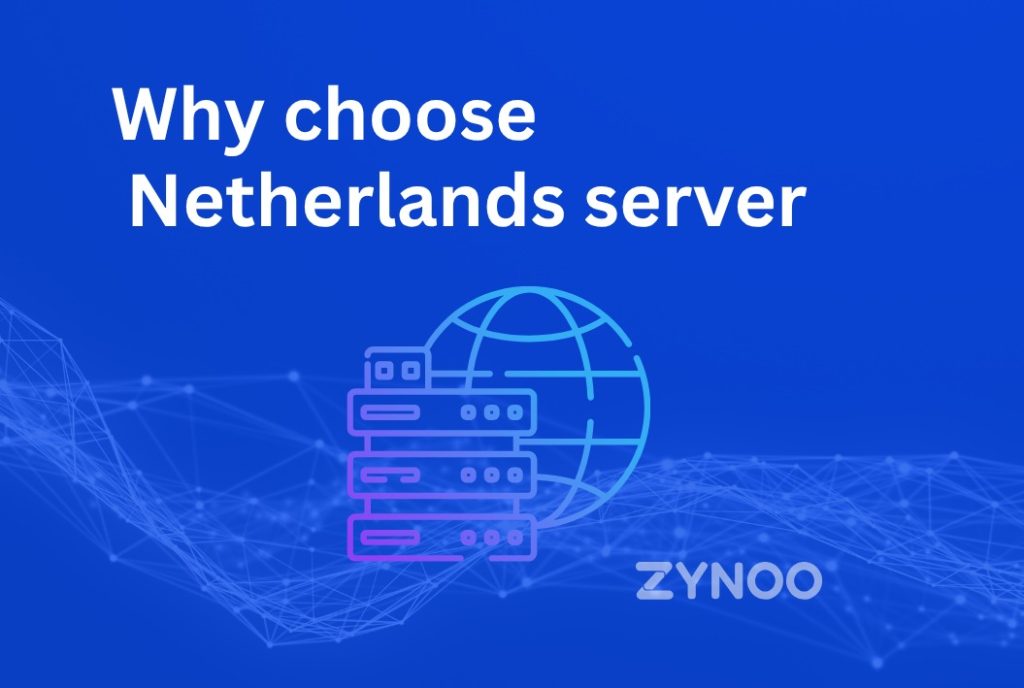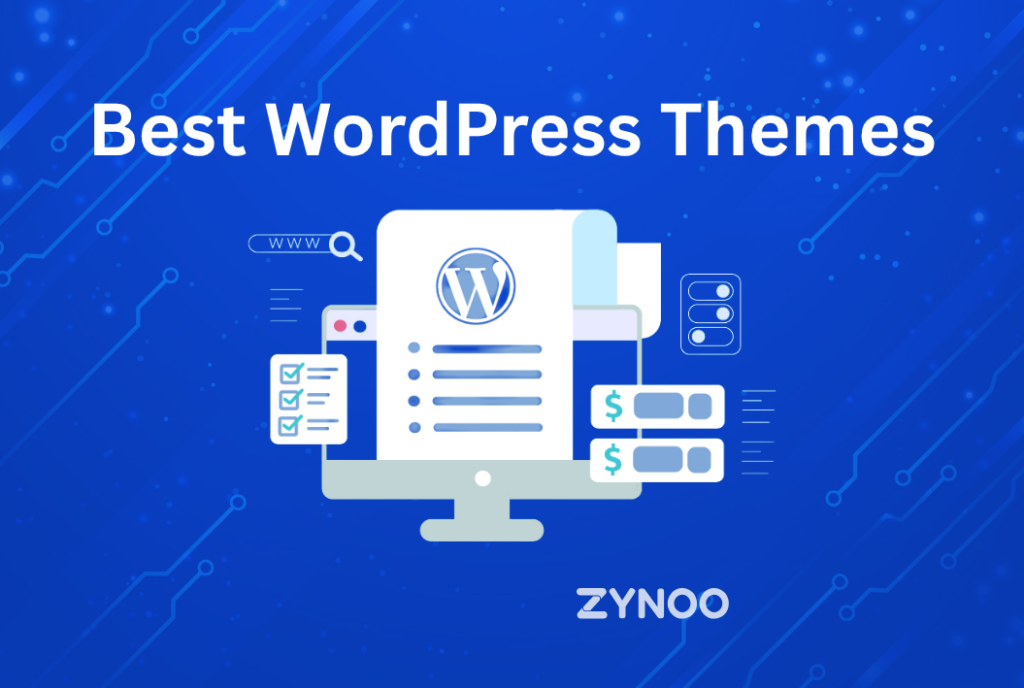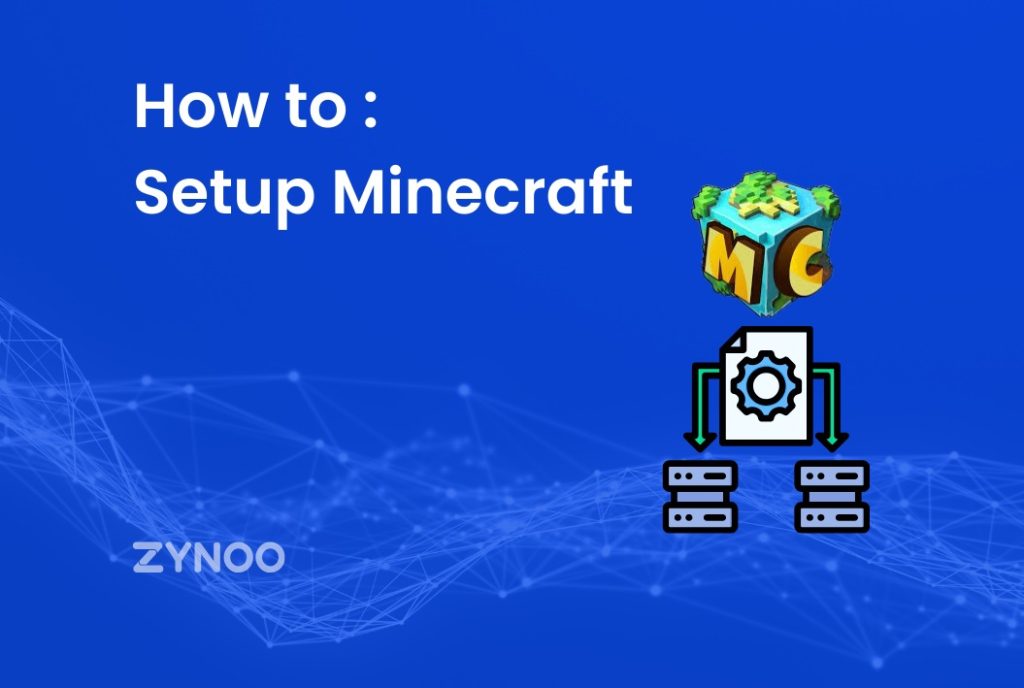Podcasts have become an integral part of the modern media landscape, revolutionizing how we consume information and entertainment. From long-form interviews with experts to captivating storytelling, podcasts offer something for everyone. They’ve emerged as an accessible and engaging platform for sharing ideas, telling stories, and educating audiences worldwide. But what is a podcast? How did this medium rise to popularity, and why is it important in today’s digital age?
In this article, we will explore what is a podcast, how it works, different types of podcasts, the benefits of listening, and the steps involved in starting one. By the end, you’ll have a thorough understanding of podcasts, their significance, and why they’ve become such a powerful communication tool.
What Is a Podcast?
At its core, a podcast is a series of spoken-word, audio, or video episodes that are made available for download or streaming over the internet. Think of a podcast as a modern, on-demand version of a radio show, but with the flexibility to explore an unlimited range of topics and styles. The term “podcast” is a combination of “iPod” (the Apple device initially used to popularize the format) and “broadcast,” though podcasts are not limited to Apple devices. Today, they can be accessed on virtually any digital platform, including Android devices, computers, and smart speakers.
Podcasts typically follow a thematic structure. Each podcast series revolves around a central theme—this could be anything from true crime, politics, and history to comedy, technology, and health. Each episode within the series usually explores a specific aspect of that theme in depth. While podcasts are traditionally audio-based, there has been a rise in video podcasts, where the hosts and guests record their conversations on video, adding another dimension to the experience.
Podcasts are distributed via RSS (Really Simple Syndication) feeds, allowing listeners to subscribe to a show. New episodes are automatically delivered to their podcast app, ensuring they stay up to date with the latest content without needing to search for it manually.
How Do Podcasts Work?
Podcasts might seem like complex productions, but the way they work is surprisingly straightforward. Here’s a breakdown of the key steps involved in producing and consuming a podcast:
- Creation and Recording: Podcast episodes are recorded using audio equipment. This could be as simple as a microphone plugged into a computer or as sophisticated as a multi-microphone setup in a soundproof studio. Many podcasters use software like Audacity, Adobe Audition, or GarageBand to record and edit their episodes.
- Editing: After recording, the audio file is edited to remove any mistakes, enhance sound quality, and add intros, outros, or sound effects. Some podcasters hire professional editors, while others handle the editing themselves.
- Uploading to a Podcast Host: Once the episode is edited, it’s uploaded to an offshore podcast hosting platform. These platforms store the podcast files and generate the RSS feed necessary for distribution. Popular hosting platforms include Buzzsprout, Podbean, and Anchor.
- Distribution: From the hosting platform, podcasts are distributed to podcast directories like Apple Podcasts, Spotify, and Google Podcasts. Listeners subscribe to the RSS feed, and new episodes are automatically delivered to their devices whenever they’re released.
- Consumption: Finally, listeners can download or stream podcast episodes on their preferred platform. Whether it’s during a morning commute, a workout, or while cooking dinner, podcasts are easily accessible, fitting seamlessly into everyday life.
Different Types of Podcasts
One of the greatest strengths of podcasting is its diversity. There are podcasts for virtually every interest and demographic. Here are some of the most common podcast formats:
- Interview Podcasts: In this format, a host interviews guests, usually experts or notable personalities, on a particular topic. Popular examples include The Joe Rogan Experience and Fresh Air with Terry Gross.
- Storytelling Podcasts: Storytelling podcasts focus on narrating a story, either fictional or nonfictional, often with a high level of production. Some of the most well-known storytelling podcasts include Serial and This American Life. True crime and investigative journalism have thrived in this format.
- Educational Podcasts: These podcasts aim to teach the listener something new, whether it’s about science, business, history, or self-improvement. Stuff You Should Know and The Daily are excellent examples of educational podcasts.
- Conversational/Panel Podcasts: In this format, a group of hosts discusses a topic casually, making the listener feel like part of the conversation. These podcasts often cover a wide range of subjects within the same series, from current events to pop culture. Examples include The Bill Simmons Podcast and Call Your Girlfriend.
- Monologue Podcasts: These podcasts are hosted by a single person who shares their thoughts, opinions, or insights on a particular subject. Dan Carlin’s Hardcore History is an iconic example of this format.
The flexibility of podcast formats means there’s something for everyone. Whether you’re interested in in-depth interviews, serialized storytelling, or educational content, there’s a podcast out there to match your preferences.
The Rise of Podcast Popularity
Podcasts have grown exponentially over the past decade, and there are several reasons for their skyrocketing popularity:
- Ease of Access: Podcasts are available across multiple platforms, including Apple Podcasts, Spotify, and Google Podcasts, and can be downloaded or streamed on-demand. This accessibility allows people to listen whenever and wherever it suits them.
- Low Barriers to Entry: Anyone with a microphone and an idea can create a podcast, making the format accessible to a diverse range of creators. This has led to the development of a rich variety of content that caters to almost every niche.
- Multitasking-Friendly: One of the major appeals of podcasts is that they can be consumed while doing other things, such as commuting, exercising, or cooking. Unlike reading a book or watching TV, podcasts don’t require your full visual attention.
- Audience Engagement: Podcasts foster a sense of intimacy between the host and the listener. The conversational style of many podcasts makes listeners feel like they’re a part of the discussion, creating a deep connection that other forms of media often lack.
- Diverse Content: No matter what your interests are, there’s likely a podcast that covers it. From niche hobbies like bird watching to broad topics like entrepreneurship, the sheer variety of content available is a huge draw for listeners.
Benefits of Listening to Podcasts
So, why should you start listening to podcasts? Here are some of the key benefits:
- Convenience: Podcasts fit into your schedule and lifestyle. You can listen while commuting, working out, doing household chores, or even relaxing at home. Because they’re primarily audio, they offer a hands-free way to consume information or entertainment.
- Education: Podcasts offer a vast amount of educational content for free. Whether you want to learn a new skill, explore history, or dive into complex scientific topics, there’s a podcast for it. They offer a unique opportunity to learn from experts in an informal, engaging way.
- Entertainment: Podcasts are also a great source of entertainment. Whether it’s a comedic take on current events, an enthralling true crime story, or light-hearted banter between friends, podcasts can brighten your day and provide hours of enjoyment.
- Inspiration: Many people find podcasts to be a source of motivation and inspiration. Hearing stories of success, personal growth, or overcoming challenges can inspire listeners to take action in their own lives.
- Accessibility: Unlike some forms of media, podcasts are usually free. This means they are an accessible form of entertainment or education for a wide audience, regardless of financial status.
How to Start a Podcast
Starting a podcast may sound daunting, but it’s more accessible than you might think. Here’s a step-by-step guide to get you started:
1. Define Your Concept
Before anything else, you need to define what your podcast will be about. What’s your niche? What’s the theme or subject that your podcast will cover? Identifying your target audience and the purpose of your podcast will help guide your content creation process.
2. Select a Format
Decide on the format of your podcast. Will it be a solo show, an interview-style podcast, or perhaps a narrative-driven series? Your format will influence the equipment you need, how you structure episodes, and how you plan your recording schedule.
3. Plan Your Episodes
You’ll need to plan the content of each episode ahead of time. Some podcasters write full scripts, while others prefer a loose outline to keep the conversation flowing naturally. Whichever method you choose, ensure that your content is engaging and provides value to your listeners.
4. Invest in Equipment
At the very least, you’ll need a good-quality microphone. You don’t need to invest in high-end equipment initially, but upgrading over time as your podcast grows can help improve audio quality. Other equipment you may need includes headphones, a pop filter, and recording software.
5. Recording and Editing
Once you’ve planned and prepared, it’s time to record your first episode. You can use free software like Audacity for basic editing or invest in more advanced tools like Adobe Audition for professional-grade sound quality. Remember to remove unnecessary filler words, reduce background noise, and ensure the sound levels are consistent.
6. Choose a Hosting Platform
Your podcast will need a home—hosting platform where you can upload your episodes and distribute them to podcast directories. These platforms help generate the RSS feed necessary to submit your podcast to directories like Apple Podcasts and Spotify.
7. Launch and Promote
Once your podcast is live, it’s time to promote it. Use social media platforms, email newsletters, and podcast aggregators to build an audience. Encourage listeners to subscribe, leave reviews, and share the podcast with their friends.
Podcast Recording Equipment
Having the right equipment is crucial to producing a high-quality podcast. While it’s possible to start with minimal gear, as your podcast grows, investing in better equipment will make a significant difference in your production quality. Here’s a breakdown of the essential equipment:
- Microphone: A high-quality microphone is one of the most important tools for podcasting. Popular options include the Audio-Technica ATR2100, Blue Yeti, and Rode NT-USB. These offer clear sound quality without breaking the bank.
- Pop Filter: A pop filter helps reduce the impact of plosive sounds (like “p” and “b” sounds) that can cause distortion in recordings.
- Headphones: A good pair of headphones will allow you to monitor your recording in real-time, ensuring that everything sounds clear and consistent.
- Audio Interface: If you’re using an XLR microphone (instead of a USB mic), you’ll need an audio interface to connect the microphone to your computer.
- Recording Software: There are many options for recording and editing podcasts. Audacity is a popular free option, while Adobe Audition offers more advanced features for professionals.
How to Distribute Your Podcast
Distributing your podcast is key to growing your audience. Here’s how you can get your podcast out into the world:
- Choose a Hosting Platform: As mentioned earlier, podcast hosting platforms like Buzzsprout, Podbean, and Anchor will store your audio files and generate the necessary RSS feed.
- Submit to Directories: Once you have your RSS feed, you can submit your podcast to directories like Apple Podcasts, Spotify, Google Podcasts, and Stitcher. These platforms make your podcast discoverable to millions of potential listeners.
- Promote on Social Media: Leverage social media platforms to promote each new episode. Share teaser clips, behind-the-scenes content, and episode highlights to engage with your audience.
- Engage with Listeners: Building a loyal audience means engaging with your listeners. Encourage them to leave reviews, send in questions, or participate in discussions related to your podcast.
Monetizing a Podcast
Once your podcast starts gaining traction, you may want to explore ways to monetize it. Here are some common strategies:
- Sponsorships: Many podcasters partner with companies that pay to have their products or services promoted within the episodes.
- Affiliate Marketing: Some podcasters make money through affiliate marketing by promoting products and earning a commission on sales generated through their referral links.
- Crowdfunding: Platforms like Patreon allow fans to support their favorite podcasts financially in exchange for exclusive content or perks.
- Merchandise: Selling branded merchandise like T-shirts, mugs, or stickers can generate revenue while also promoting your podcast.
The Future of Podcasting
The podcasting industry shows no signs of slowing down. In fact, experts predict that the medium will continue to grow and evolve, with new technologies and trends shaping the future of podcasting. Video podcasts are becoming increasingly popular, offering audiences the option to watch as well as listen. Additionally, as more people embrace smart speakers and voice assistants, the accessibility of podcasts will only increase.
There is also a growing demand for niche podcasts that cater to specific interests and communities. As podcasting continues to democratize media, more voices will find their place, leading to a more diverse range of content.
Conclusion
Podcasts have rapidly become one of the most popular forms of media, offering a flexible, engaging, and accessible way to consume content. Whether you’re a listener seeking entertainment or education or a creator looking to share your ideas with the world, podcasts offer an unparalleled opportunity to connect. From defining what is a podcast to explaining how to start one, this guide should have provided you with the tools and knowledge to dive into the world of podcasting. Whether you’re listening or creating, the possibilities with podcasts are endless.



